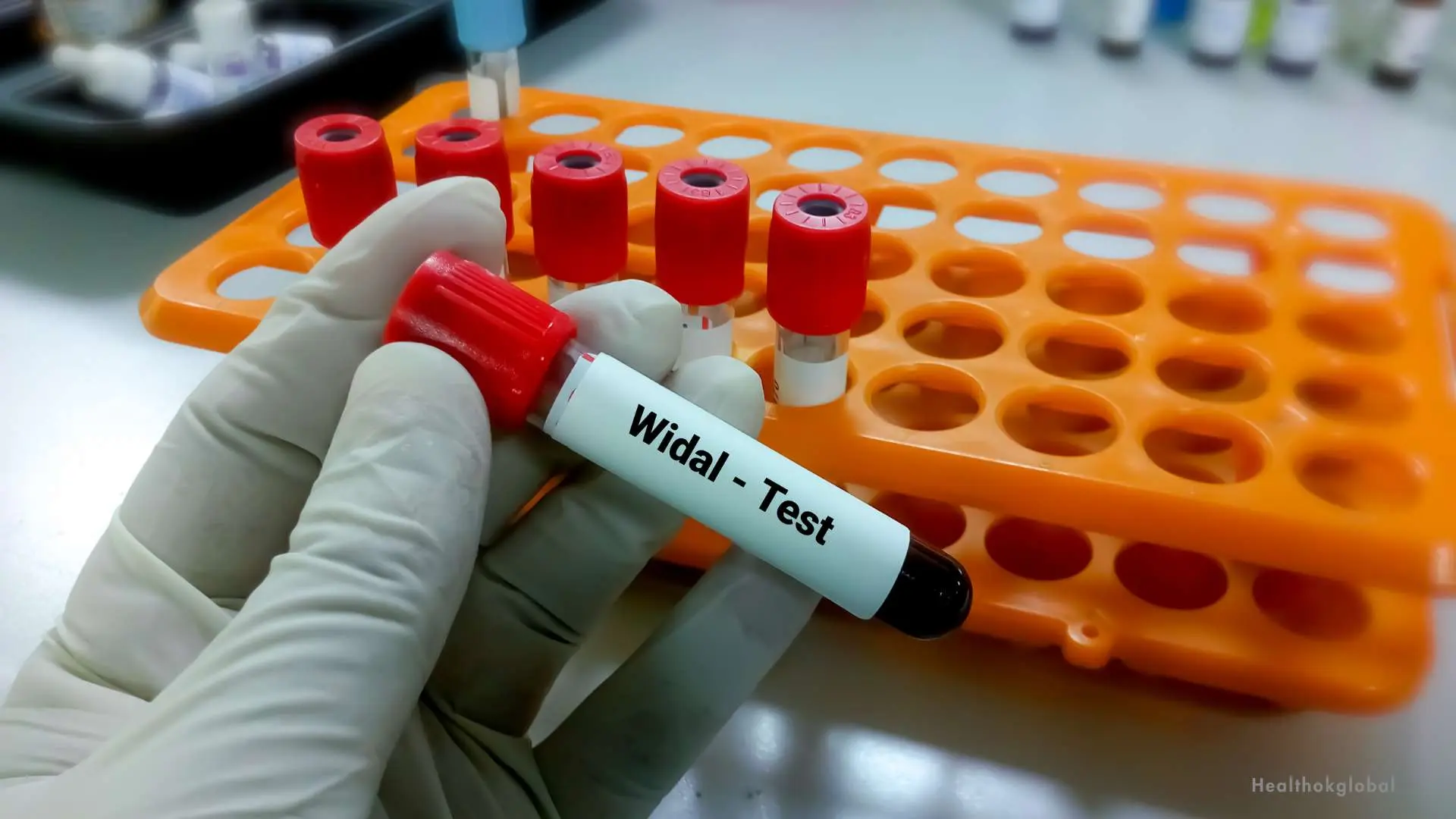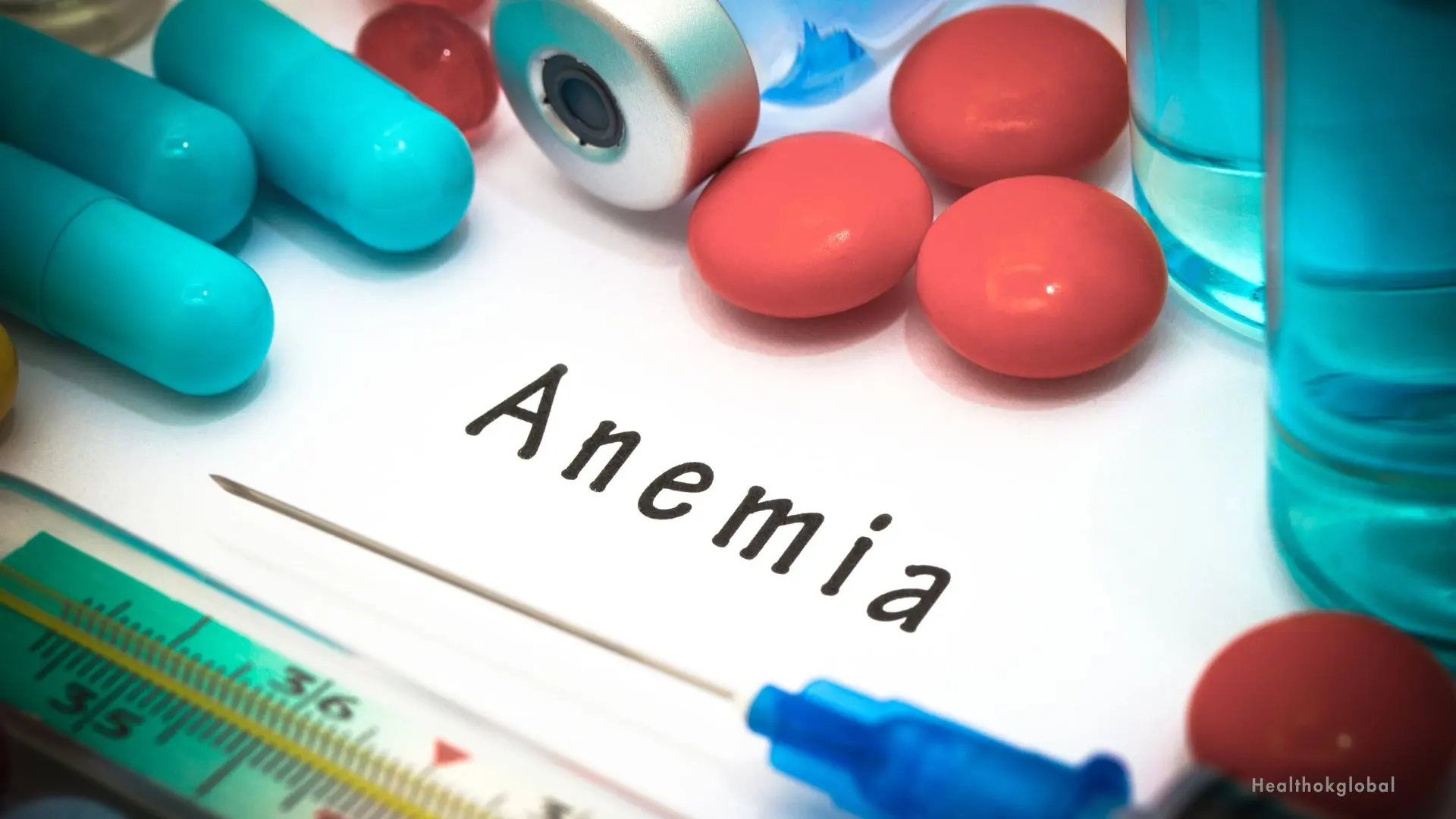The Widal test is a diagnostic tool used to detect typhoid fever and other enteric fevers caused by Salmonella bacteria.

Blog
Widal Test Positive Means: Interpretation and Next Steps
The Widal test is a diagnostic tool used to detect typhoid fever and other enteric fevers caused by Salmonella bacteria. A positive Widal test indicates the presence of specific antibodies against Salmonella antigens in the patient's blood. This article explores the significance of a positive Widal test, how to interpret the results, and the next steps for diagnosis and treatment.
The Widal test is a serological test that measures the presence of antibodies against the O and H antigens of Salmonella typhi and Salmonella paratyphi. It is commonly used in regions where typhoid fever is endemic. The test involves mixing a patient's serum with antigens from the Salmonella bacteria and observing agglutination (clumping). A positive result indicates the presence of antibodies, suggesting an infection with Salmonella.
Interpreting the results of a Widal test requires understanding the antibody titers and their significance:
The Widal test measures two types of antibodies: O (somatic) and H (flagellar). The results are reported as titers, which indicate the concentration of antibodies in the blood. A significant rise in titers over a few days can confirm a recent infection.
Antibodies against the O antigen typically appear early in the infection and are associated with the acute phase of the disease. High titers of O antibodies suggest a current or recent infection.
Antibodies against the H antigen appear later and persist longer than O antibodies. High titers of H antibodies may indicate a past infection or vaccination against typhoid.
It is important to consider the baseline titers in the local population, as people in endemic areas may have higher baseline titers due to previous exposure or vaccination.
While the Widal test is useful, it has several limitations that can affect its accuracy:
The Widal test can produce false-positive results due to cross-reactivity with antibodies from other infections, such as malaria or dengue fever.
Individuals who have been vaccinated against typhoid may have elevated antibody titers, leading to false-positive results.
Chronic carriers of Salmonella can have persistently high antibody titers, making it difficult to distinguish between active and past infections.
A positive Widal test result should be followed by additional diagnostic steps to confirm the diagnosis and guide treatment:
A thorough clinical evaluation, including a detailed medical history and physical examination, is essential to assess the patient's symptoms and confirm the diagnosis.
Blood cultures are considered the gold standard for diagnosing typhoid fever. They can identify the presence of Salmonella bacteria in the blood and provide information on antibiotic susceptibility.
Stool and urine cultures can also be used to detect Salmonella, especially in chronic carriers or during the later stages of the disease.
Additional serological tests, such as the Typhidot test, can help confirm the diagnosis by detecting specific IgM and IgG antibodies against Salmonella.
Treatment of typhoid fever involves the use of antibiotics to eliminate the Salmonella bacteria. Commonly prescribed antibiotics include ciprofloxacin, azithromycin, and ceftriaxone. The choice of antibiotic depends on the patient's clinical condition, local antibiotic resistance patterns, and any allergies or contraindications. In severe cases, hospitalization may be required for intravenous antibiotic therapy and supportive care.
Preventing typhoid fever involves a combination of vaccination, improved sanitation, and safe food and water practices:
Typhoid vaccines are available and recommended for individuals traveling to or living in areas with high rates of typhoid fever. There are two types of vaccines: inactivated (injectable) and live attenuated (oral).
Improving sanitation and hygiene practices, such as proper handwashing, can help reduce the spread of Salmonella bacteria.
Avoiding contaminated food and water is crucial in preventing typhoid fever. Drink only bottled or boiled water, eat well-cooked food, and avoid raw fruits and vegetables unless they can be peeled.
A positive Widal test indicates the presence of antibodies against Salmonella bacteria, suggesting an infection with typhoid or paratyphoid fever. However, due to its limitations, the Widal test should be interpreted alongside clinical evaluation and additional diagnostic tests. Timely diagnosis and appropriate treatment are essential for managing typhoid fever and preventing complications. Vaccination, improved sanitation, and safe food and water practices are key strategies in preventing the spread of typhoid fever.
The Widal test is a serological test that measures the presence of antibodies against the O and H antigens of Salmonella typhi and Salmonella paratyphi. It is commonly used in regions where typhoid fever is endemic. The test involves mixing a patient's serum with antigens from the Salmonella bacteria and observing agglutination (clumping). A positive result indicates the presence of antibodies, suggesting an infection with Salmonella.
Interpreting the results of a Widal test requires understanding the antibody titers and their significance:
While the Widal test is useful, it has several limitations that can affect its accuracy:
Need Personalized Health Guidance?
Get expert advice tailored to your specific health needs from our qualified healthcare professionals.





